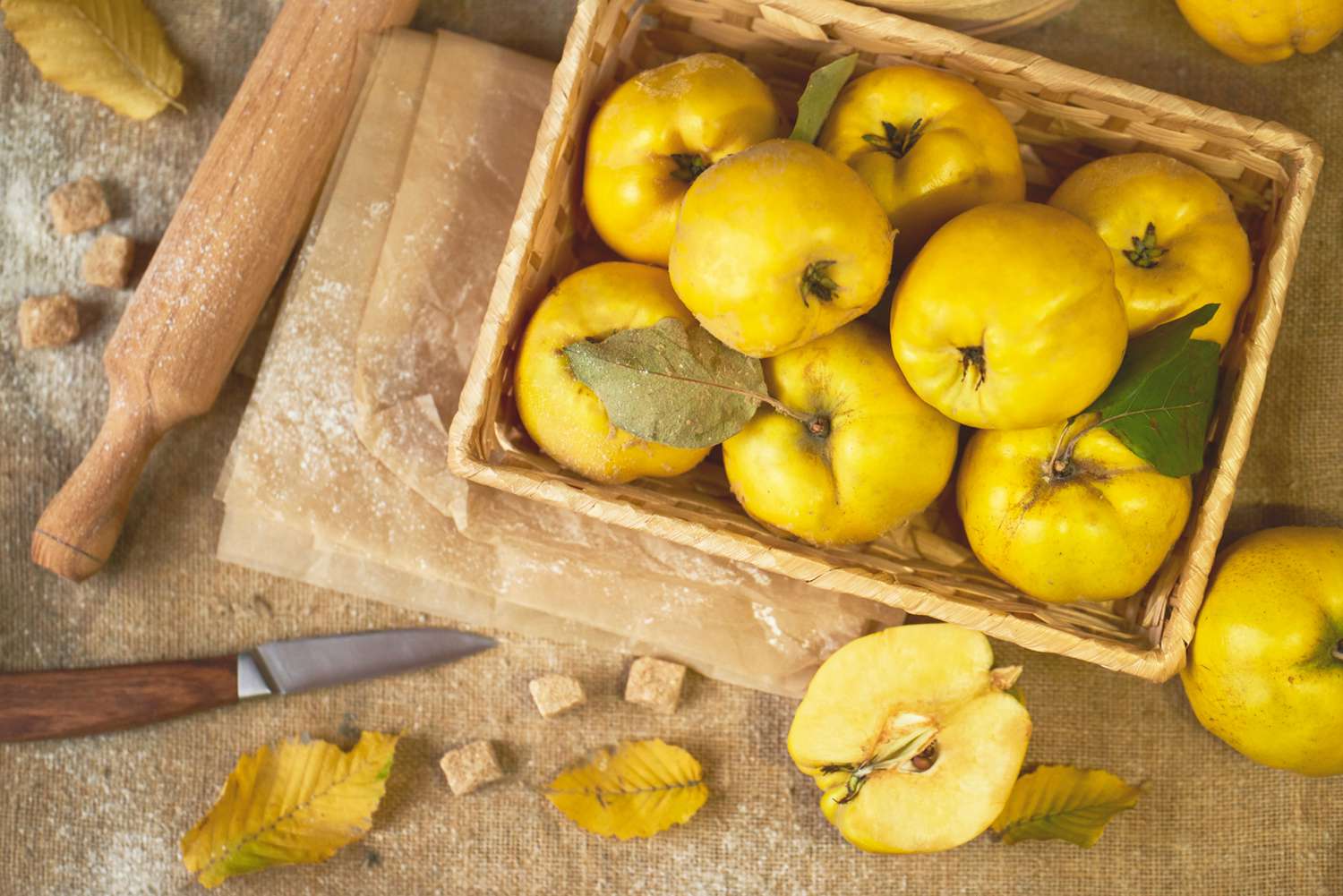

Articles
How To Store Quince
Modified: December 7, 2023
Learn the best ways to store quince in this helpful articles. Discover tips and tricks to keep your quince fresh and flavorful for longer.
(Many of the links in this article redirect to a specific reviewed product. Your purchase of these products through affiliate links helps to generate commission for Storables.com, at no extra cost. Learn more)
Introduction
Welcome to the world of quince – a beautiful and fragrant fruit revered for its unique flavor and versatility. Whether you’re lucky enough to have a quince tree in your backyard or you’ve stumbled upon this delightful fruit at the local farmer’s market, one thing is for certain – you’ll want to make the most of your harvest and find the best storage method to preserve its goodness.
Quince, scientifically known as Cydonia oblonga, is a fruit that is closely related to apples and pears. It has a distinctive golden-yellow skin and a pleasantly tart taste. While it can be eaten fresh, quince is often cooked or used in a variety of culinary creations, such as jams, jellies, and desserts.
But what if you have more quince than you can consume right away? Or what if you want to enjoy the taste of quince throughout the year? That’s where proper storage comes in. In this article, we will explore various methods for storing quince to prolong its shelf life and allow you to enjoy this delightful fruit long after the harvest season.
Whether you prefer the convenience of refrigeration, the traditional charm of a root cellar, or the simplicity of drying or preserving, there is a storage method that suits your needs. So, let’s dive in and discover the best ways to store quince and savor its deliciousness throughout the year.
Key Takeaways:
- Embrace the art of quince storage to savor its unique flavor year-round. From refrigeration to root cellars, freezing, drying, and preserving, there’s a method for every need and preference.
- Properly store ripe quince to ensure long-lasting freshness and delightful taste. Whether in the refrigerator, root cellar, cool, dark place, freezer, or as jams and jellies, enjoy the versatility of quince throughout the year.
Read more: How To Store Store-Bought Bread
Harvesting Quince
Before we delve into the various storage methods for quince, it’s important to know when and how to harvest this delectable fruit. Quince trees typically bear fruit in the late summer or early fall, depending on the region and the specific variety of quince.
When it comes to harvesting quince, timing is everything. It’s best to wait until the fruit is fully ripe before picking it from the tree. A ripe quince will have a vibrant yellow color and will yield slightly when gently squeezed. Harvesting prematurely can result in a fruit that is too tart and lacking in flavor.
To harvest quince, simply twist the fruit gently in your hand until it detaches from the branch. Be careful not to pull too hard, as this can cause damage to both the fruit and the tree. It’s also a good idea to wear gloves while handling quince, as the fruit’s skin can be quite tough and may cause irritation to sensitive skin.
Once you’ve picked the ripe quince from the tree, it’s time to move on to the next step – cleaning.
Cleaning Quince
After harvesting quince, it’s important to properly clean the fruit to remove any dirt, debris, or pesticide residues. While quince has a natural protective coating on its skin, a thorough cleaning ensures that you can enjoy the fruit without any unwanted impurities.
Begin by rinsing the quince under cool running water. Use your hands to gently rub the surface of the fruit, ensuring that all areas are cleaned. If you notice any blemishes or spots, gently scrub them with a soft brush or sponge.
If you prefer, you can also use a mixture of water and vinegar to clean quince. Simply fill a bowl with equal parts water and vinegar, and soak the quince for a few minutes. The acetic acid in the vinegar helps to remove any stubborn dirt or wax. Rinse the quince thoroughly under running water to remove any vinegar residue.
Once the quince are cleaned, pat them dry with a clean towel or allow them to air dry. Make sure that all moisture is removed before storing, as excess moisture can promote mold or spoilage.
Now that your quince are clean, it’s time to decide on the best storage method for your needs. Let’s explore the different options available to ensure that your quince stays fresh and delicious for as long as possible.
Choosing the Right Storage Method
When it comes to storing quince, there are several factors to consider, including the length of storage, available space, and desired usage. Each storage method has its own advantages and is suitable for different circumstances.
If you plan to use the quince within a week or two, storing them in the refrigerator is the simplest option. The cool temperature of the fridge helps to slow down the ripening process and keeps the fruit fresh. However, keep in mind that quince stored in the refrigerator may lose some of their aroma over time.
For longer-term storage, you can choose between storing quince in a root cellar, a cool, dark place, or by freezing or drying them. A root cellar is an underground storage area that maintains a cool temperature and high humidity, making it ideal for storing fruits and vegetables. If you have access to a root cellar, it can be a great option for preserving the freshness of quince.
If a root cellar is not available, storing quince in a cool, dark place such as a pantry or basement can also work effectively. Choose a location away from direct sunlight and ensure proper ventilation to prevent mold growth. This method is best suited for short to medium-term storage.
If you have an abundance of quince and want to store them for an extended period, freezing is a convenient option. Simply peel and core the quince, cut them into slices or cubes, and place them in airtight freezer bags or containers. Frozen quince can be used in various recipes, such as pies, tarts, or sauces. However, keep in mind that the texture of frozen quince may change slightly upon thawing.
Drying quince is another popular preservation method that allows you to enjoy the fruit year-round. Thinly slice the quince and dry them in a dehydrator or an oven set to a low temperature. Dried quince can be enjoyed as a snack or used in baking and cooking.
Lastly, if you enjoy making jams and jellies, you can preserve quince by cooking them down with sugar and storing the resulting preserves in sterilized jars. This is a delicious way to preserve quince and enjoy its flavor throughout the year.
Consider your specific needs and preferences when choosing the right storage method for your quince. By selecting the most suitable option, you can ensure that your quince remains fresh and delightful for as long as possible.
Storing Quince in the Refrigerator
If you plan to use your quince within a week or two, storing them in the refrigerator is the simplest and most convenient option. The cool temperature of the fridge helps to slow down the ripening process and extends the shelf life of the fruit.
Here’s how you can store quince in the refrigerator:
- Ensure that your quince are clean and dry before storing them.
- Place the quince in a perforated plastic bag or a paper bag. This helps to maintain the right level of humidity around the fruit.
- Store the bag of quince in the crisper drawer of your refrigerator. The crisper drawer allows you to control the humidity, keeping the quince fresh for a longer period.
- Avoid placing quince near other fruits or vegetables that release ethylene gas, as this can accelerate the ripening process.
When you’re ready to use the quince, simply remove them from the refrigerator, rinse them off, and they’re ready to be cooked, baked, or enjoyed fresh.
It’s important to note that while storing quince in the refrigerator helps to keep them fresh, it may slightly affect their aroma over time. Therefore, if you’re looking to preserve the full fragrance of quince, you may consider alternative storage methods such as freezing or drying.
By storing quince in the refrigerator, you can enjoy the fruit’s unique flavor and versatility over an extended period, ensuring that none of your precious harvest goes to waste.
Read more: How To Store Basil From Store
Storing Quince in a Root Cellar
If you have access to a root cellar or a cool, underground storage area, storing quince in this traditional way can be an excellent option. Root cellars provide the ideal conditions for storing fruits and vegetables, including quince, by maintaining a cool temperature and high humidity.
Here’s how you can store quince in a root cellar:
- Ensure that your quince are ripe but firm, without any blemishes or signs of damage.
- Wipe the quince gently with a clean cloth to remove any surface dirt or debris.
- Place the quince in shallow containers or wooden crates, making sure to leave some space between each fruit to allow for proper airflow.
- Check the quince regularly for any signs of spoilage or mold. Remove any damaged or rotting quince immediately to prevent the decay from spreading to other fruits.
- Monitor the temperature and humidity levels in your root cellar. The ideal temperature for storing quince is around 35 to 45 degrees Fahrenheit (1 to 7 degrees Celsius), with a humidity level of 90 to 95 percent. Use a thermometer and hygrometer to keep track of these conditions.
- Keep the quince in a cool, dark corner of the root cellar, away from any sources of light or heat.
- Rotate the quince occasionally to ensure even exposure to air and prevent any bruising or damage.
Storing quince in a root cellar can help extend their shelf life for several weeks, allowing you to enjoy the fruit’s unique flavor and aroma long after the harvest season.
Remember to harvest only ripe quince for storage and remove any damaged fruits promptly to prevent spoilage. With proper care in a well-maintained root cellar, your quince can stay fresh and delightful for an extended period.
Store quince in a cool, dark place such as a cellar or refrigerator. Keep them in a single layer to prevent bruising and check regularly for ripeness.
Storing Quince in a Cool, Dark Place
If you don’t have access to a root cellar but still want to store your quince outside of the refrigerator, a cool, dark place in your home can be a suitable alternative. This method works best for short to medium-term storage, allowing you to enjoy the quince over the course of a few weeks.
Follow these steps to store quince in a cool, dark place:
- Choose a location in your home that is cool, preferably with a temperature between 45 and 55 degrees Fahrenheit (7 to 13 degrees Celsius).
- Avoid areas with direct sunlight or fluctuating temperatures, as these can accelerate the ripening process or lead to spoilage.
- Ensure proper ventilation in the storage area to prevent the buildup of moisture and mold growth.
- Place the quince in a single layer on a clean, dry surface. You can use a shallow basket, wooden crate, or a breathable container.
- Make sure the area is dark or shielded from any light source, as exposure to light can affect the quality and flavor of the quince.
- Check the quince regularly for any signs of spoilage or decay. Remove any damaged fruits immediately to prevent the spread of mold or bacteria.
- Avoid storing quince near other fruits or vegetables that release ethylene gas, as it can accelerate the ripening process and lead to premature spoilage.
By storing quince in a cool, dark place, you can extend the freshness of the fruit and enjoy its unique flavor and aroma for a few weeks. Remember to consume the quince within a reasonable time frame to ensure optimal taste and quality.
If you find that your quince is ripening too quickly or if you need to store the fruit for a longer duration, you may consider other storage methods such as freezing or drying.
Storing Quince in the Freezer
If you have an abundance of quince or want to store the fruit for an extended period, freezing is a convenient and effective storage method. Freezing quince allows you to preserve the fruit’s flavor and texture, making it available for use in various recipes throughout the year.
Follow these steps to store quince in the freezer:
- Start by washing and drying the quince thoroughly. Remove any blemishes or bruises.
- Peel and core the quince. You can slice or chop them into your desired shape and size.
- Blanch the quince briefly to help preserve their color, texture, and flavor. Bring a pot of water to a boil and carefully place the quince into the boiling water for 1-2 minutes. Then, transfer the blanched quince to a bowl of ice water to cool them quickly.
- Drain the quince and pat them dry with a clean kitchen towel or paper towels.
- Place the quince in airtight freezer bags or containers. Squeeze out any excess air to minimize freezer burn.
- Label the bags or containers with the date and contents for easy identification in the future.
- Store the quince in the freezer at or below 0 degrees Fahrenheit (-18 degrees Celsius).
When you’re ready to use the frozen quince, you can add them directly to your recipes without thawing. Frozen quince works well in pies, tarts, sauces, and other cooked dishes. However, note that the texture of frozen quince may be slightly softer than fresh quince upon thawing.
Properly stored in the freezer, quince can maintain their quality for up to 12 months. Beyond that, the fruit may still be safe to eat but may experience some degradation in flavor and texture.
Freezing allows you to enjoy the taste of quince long after the harvest season, ensuring that none of your precious fruit goes to waste.
Drying Quince for Storage
Drying quince is a wonderful way to preserve the fruit’s flavor and enjoy it throughout the year. The process of drying removes the moisture from the quince, creating a concentrated, chewy, and intensely flavored fruit that can be enjoyed as a snack or used in various baked goods and recipes.
Follow these steps to dry quince:
- Wash the quince thoroughly to remove any dirt or debris. Pat them dry with a clean kitchen towel.
- Peel the quince using a vegetable peeler or a sharp knife. This step is optional, as you can also leave the skin intact if you prefer.
- Slice the quince into ¼-inch thick slices. You can also cut them into wedges or cubes, depending on your preference.
- Pre-treat the quince slices by dipping them in a solution of lemon juice and water. This not only helps to prevent browning but also enhances the flavor of the dried quince.
- Place the quince slices on drying racks or baking sheets lined with parchment paper. Make sure to leave enough space between the slices for air circulation.
- Dry the quince slices in a well-ventilated area with good air circulation. This can be done outdoors in a sunny and dry location, or indoors using a food dehydrator or an oven set to a low temperature (around 140-160 degrees Fahrenheit or 60-70 degrees Celsius).
- Turn the quince slices occasionally to ensure even drying. This process can take anywhere from 8 to 24 hours, depending on the thickness of the slices and the drying conditions.
- The quince is ready when it is leathery and no longer sticky to the touch. It should still retain some flexibility and not be overly brittle.
- Allow the dried quince to cool completely before storing them in airtight containers or resealable bags.
Store the dried quince in a cool, dark place away from moisture and sunlight. When properly dried and stored, quince can maintain their flavor and quality for several months.
Enjoy dried quince as a healthy snack, or rehydrate them by soaking them in warm water or fruit juice before using them in baked goods, stews, or desserts. Adding the dried quince to your cooking and baking endeavors will infuse a lovely flavor and make your dishes truly unforgettable.
Read more: How To Store Bottles
Preserving Quince in Jams and Jellies
One of the most popular ways to preserve quince is by turning them into delicious jams and jellies. Quince’s natural high pectin content makes it perfect for creating thick, flavorful spreads that can be enjoyed on toast, pastries, or used as a filling in desserts.
Here’s how you can preserve quince in jams and jellies:
- Start by washing and drying the quince. Remove any blemishes or bruised areas.
- Peel the quince and remove the core. Cut the quince into small pieces or slices. The size of the pieces will depend on your preference and the desired texture of the final product.
- Place the quince pieces in a large pot and add enough water to cover them. Simmer over medium heat until the quince pieces are soft and cooked through. This process can take about 20-30 minutes.
- Once the quince is tender, mash them with a potato masher or blend them with an immersion blender to achieve your desired consistency.
- Measure the quince puree and return it to the pot. For every 4 cups of quince puree, add in 3 cups of sugar. You can adjust the amount of sugar depending on your taste preference and the natural sweetness of the quince.
- Add lemon juice to the pot. The acidity from the lemon juice helps to enhance the flavor and act as a natural preservative. Use about 1 tablespoon of lemon juice for every cup of quince puree.
- Stir the mixture over medium-low heat until the sugar has completely dissolved. Continue cooking the mixture, stirring occasionally, until it thickens and reaches the desired consistency. This can take anywhere from 45 minutes to 1 hour.
- To test if the jam or jelly has reached the desired consistency, place a spoonful on a chilled plate and tilt it. If the mixture holds its shape and doesn’t run, it is ready.
- Once the jam or jelly has reached the desired consistency, carefully transfer it into sterilized jars. Wipe the rims of the jars to ensure a clean seal, then cover with sterilized lids.
- Process the jars in a water bath canner for the recommended time based on your altitude. This will ensure proper sealing and preservation of the jam or jelly.
- Allow the jars to cool completely before storing them in a cool, dark place. Properly sealed jars can be stored for up to a year.
Enjoy your homemade quince jam or jelly on warm toast, scones, or as a delightful addition to any sweet treat. The flavorful preserves will remind you of the sweet taste of quince long after the harvest season has passed.
Conclusion
Storing quince properly allows you to make the most of this exquisite fruit throughout the year. Whether you choose to store quince in the refrigerator, a root cellar, a cool, dark place, the freezer, or by drying or preserving it, each method offers its own benefits and helps to preserve the quince’s flavor and aroma.
Harvesting quince at the right time and cleaning them thoroughly are essential first steps in ensuring the longevity of this delightful fruit. From there, selecting the appropriate storage method based on your needs, available space, and desired usage will help you enjoy quince long after the harvest season has ended.
Whether you decide to store quince in the refrigerator for short-term freshness, in a root cellar for traditional charm, in a cool, dark place for convenient accessibility, in the freezer for long-term preservation, or by drying or preserving it for different culinary creations, each method offers a unique way to savor the flavor and versatility of quince.
So, embrace the art of quince storage, experiment with different methods, and enjoy the taste of this remarkable fruit year-round. Whether you’re baking a quince pie in the middle of winter or spreading homemade quince jam on toast, you’ll be reminded of the joy and satisfaction of preserving the harvest and indulging in the splendid flavor of quince.
Remember to choose ripe quince, handle them with care, and follow the appropriate storage method to ensure the best possible results. With proper storage techniques, you can relish quince at any time and savor its unique taste and fragrance long after its season has passed.
So, don’t let your bountiful quince harvest go to waste. Store it properly and enjoy the delightful taste of quince throughout the year!
Frequently Asked Questions about How To Store Quince
Was this page helpful?
At Storables.com, we guarantee accurate and reliable information. Our content, validated by Expert Board Contributors, is crafted following stringent Editorial Policies. We're committed to providing you with well-researched, expert-backed insights for all your informational needs.
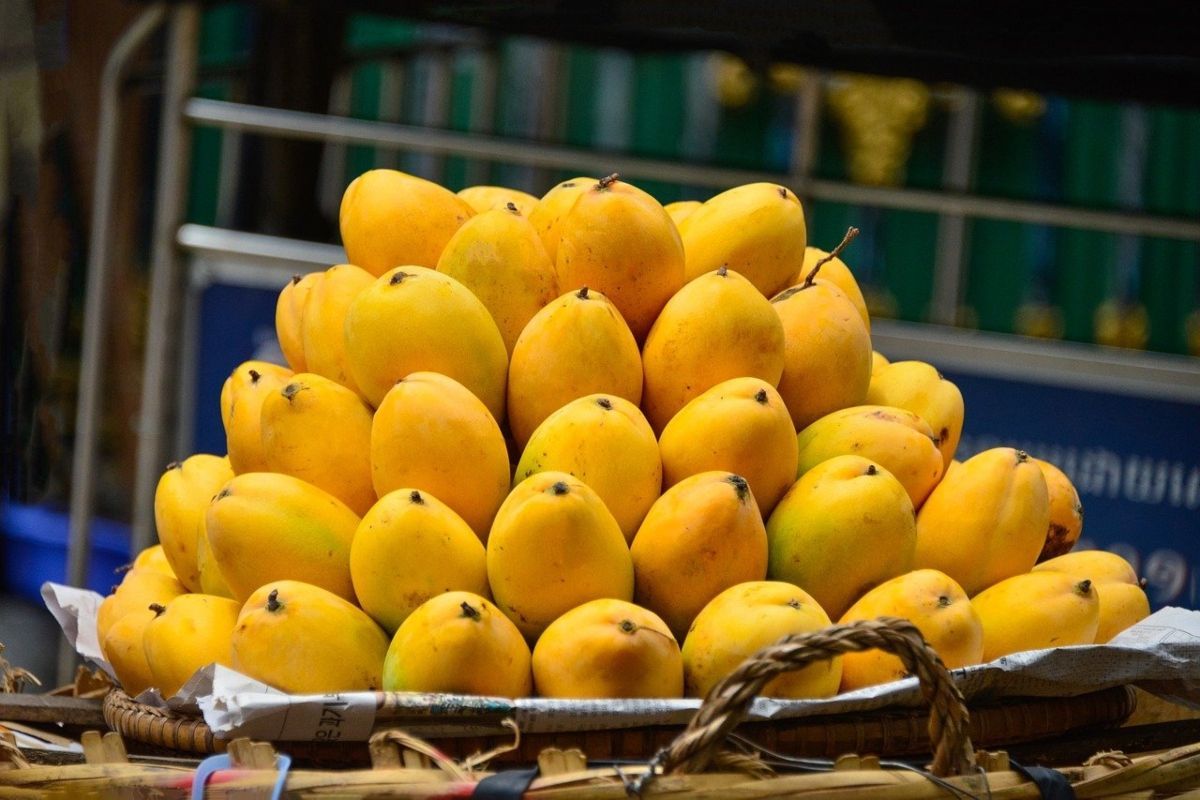



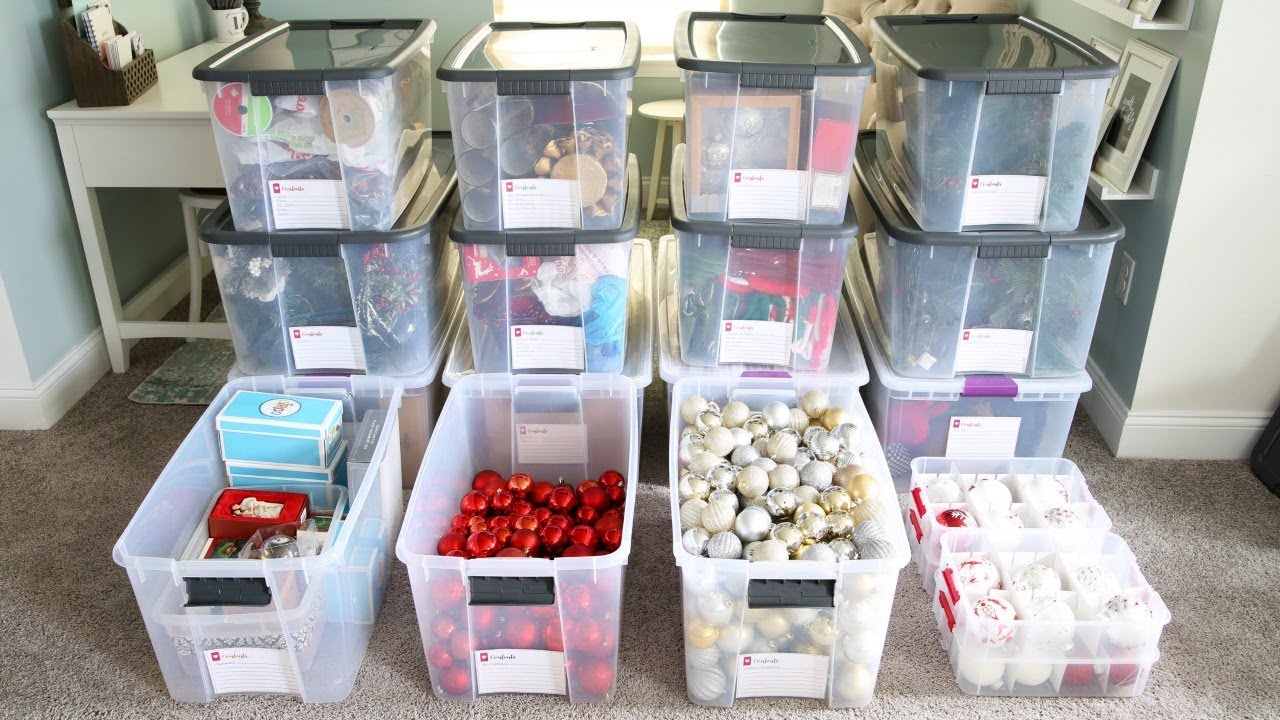




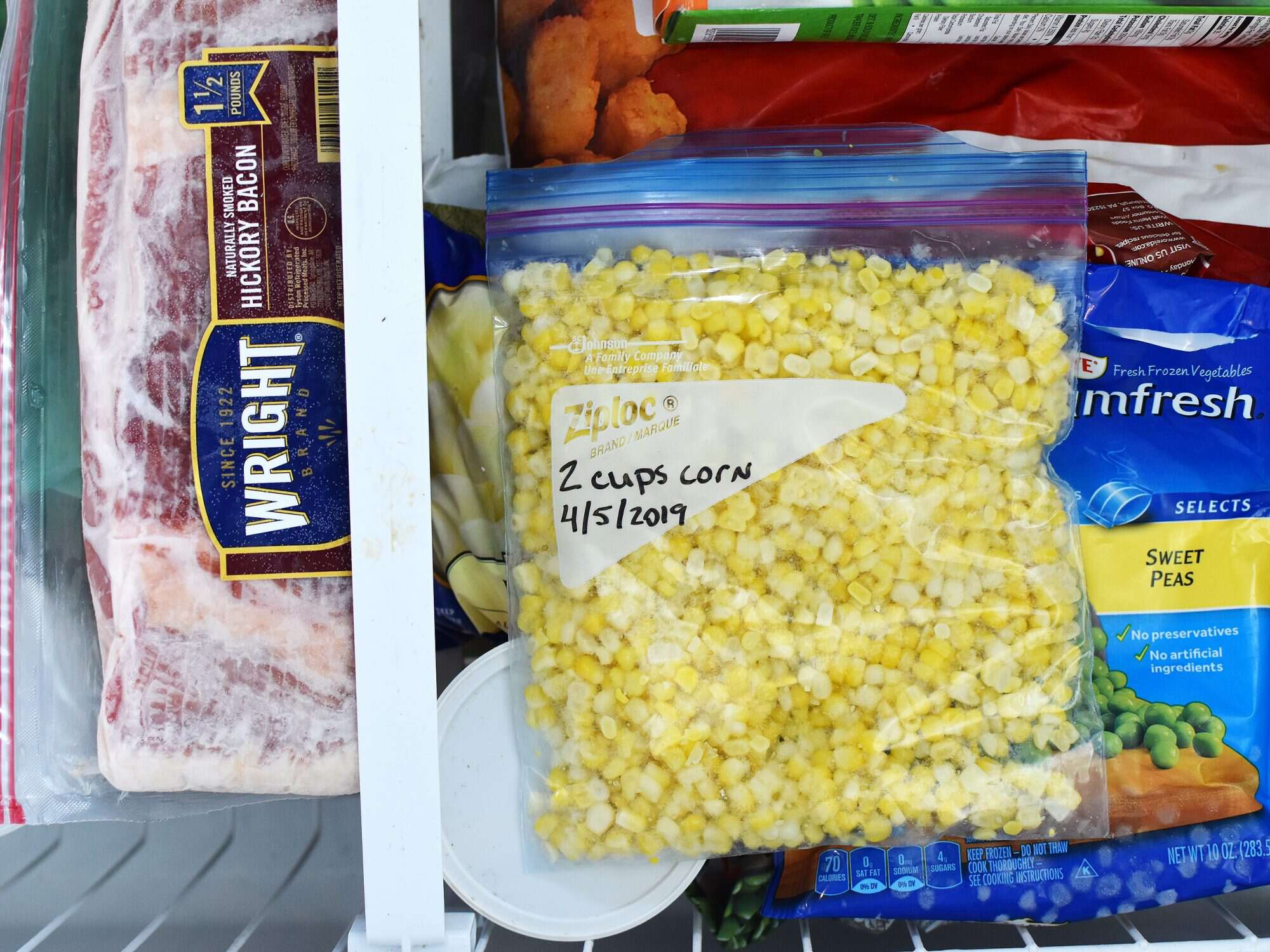
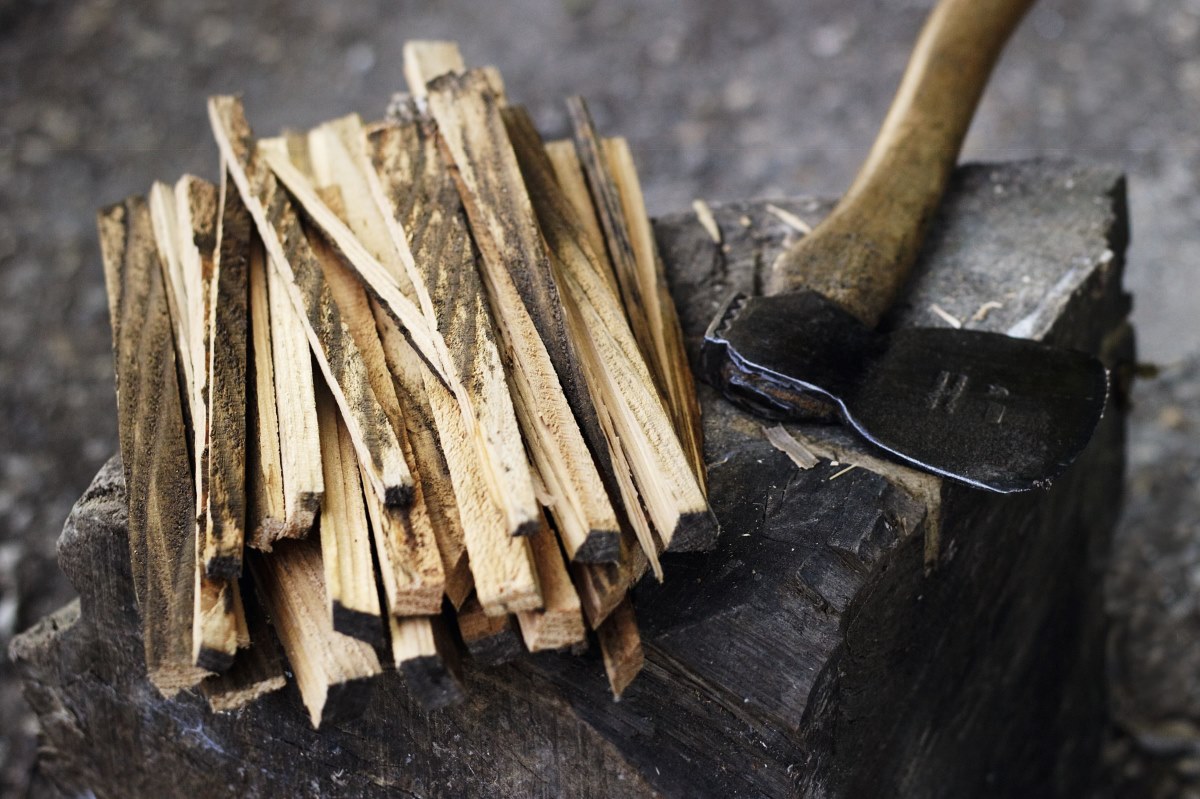



0 thoughts on “How To Store Quince”